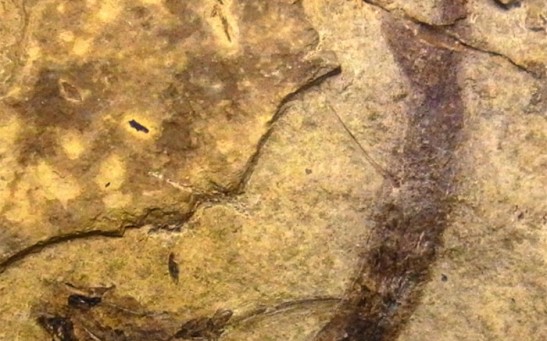nature

What the Winter Solstice Means - The Onset of Winter and The Darker Days Ahead
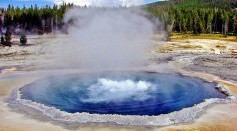
Yellowstone's Thermal Springs - Pollution and Their Unique Coloration

Corals Hint At Global Warming Spike―What Climate Change Is Doing Now

NuSTAR Telescope Helps NASA Find Nanoflares on the Sun
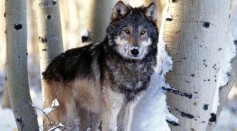
Half the Size, But Twice the Bite—Study Reports European Wolves Are on the Rise
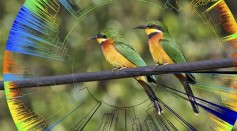
Genomic Study Reveals Pre-Cambrian Explosion of Bird Species, Who Faired Better than Gentle Dinosaurs
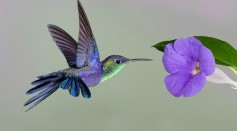
Can A Peripheral Anomaly Cause Hummingbirds to Crash?

More Seafloor Methane Released Into the Pacific Ocean
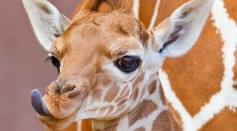
What’s Happening to All Our Giraffes? The Disappearing Species Faces Silent Extinction

Albert Einstein Archive Sparks Even More Reasons to Love the Man Behind the Theory—E=MC^2
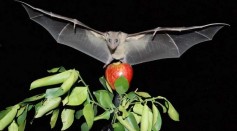
NATURE Says Mammals Developed 3D Neural Compass to Better Navigate Terrain

Violent Californian Subculture Faces Bans as Advocates Stand Up for Coyotes

While Some Researchers Find Brains Who can Navigate, Others Just Can’t Find Theirs

While Some Researchers Find Brains Who can Navigate, Others Just Can’t Find Theirs
Most Popular

AI Revolution in Medical Education: Transforming How Healthcare Professionals Learn

Optimizing Complex Catalog Systems with Graph Theory and Indexing

Exploring Life Beyond Earth: Study Claims Other Planets Could Be Suitable for Alien Life

China’s Tiangong Space Station to Expand Its Capabilities With New Modules

